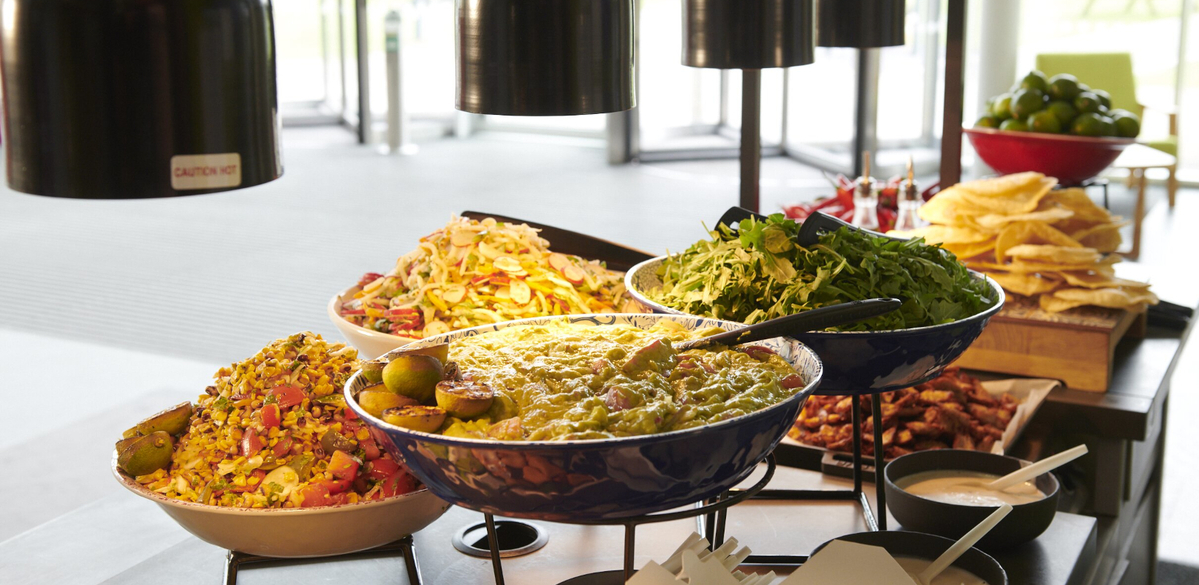Calorie labelling puts consumers off choosing certain dishes, research finds
Half of consumers would change their choice of dish if a menu showed it was too calorific, according to research from CGA by NielsenIQ.
Nearly two thirds of people surveyed said they would alter their choice of meal if it contained more than 1,000 calories.
Mandatory calorie labelling was introduced by the government and has been in place since 6 April for businesses with more than 250 employees. The policy continues to spark debate.
The Food Insights 22 report from CGA demonstrated this division: while two in five people surveyed think that calorie labelling is a step towards improving the health of the population, over a third believe that the scheme will have a negative impact on those with eating disorders.
It also revealed that 46% of consumers always track calories, while 54% rarely monitor them. Calorie tracking is most common between those aged 18-to-34-years-old, with nearly one in six participating in such a diet, compared to just 8% of those over 55-years-old.
The research surveyed 2,000 British consumers who have eaten out within the last three months.
Karl Chessell, business unit director – hospitality operators and food, EMEA, at CGA, said: “Our report shows how crucial it is for suppliers and operators to understand the ways calorie labelling affects consumers’ decision-making.
“Venues need to find the right range of low-calorie food and drink options to appeal to those who watch their calories carefully, without compromising choices for those who have no interest in doing so. Menu design and communications—both physical and digital—are crucial too, and suppliers have a big role to play in supporting operators’ strategies.”
The report comes after the government announced that it will review its anti-obesity policies, including calorie labelling, amid the ongoing cost of living crisis.
Image: redzen2/Shutterstock

















